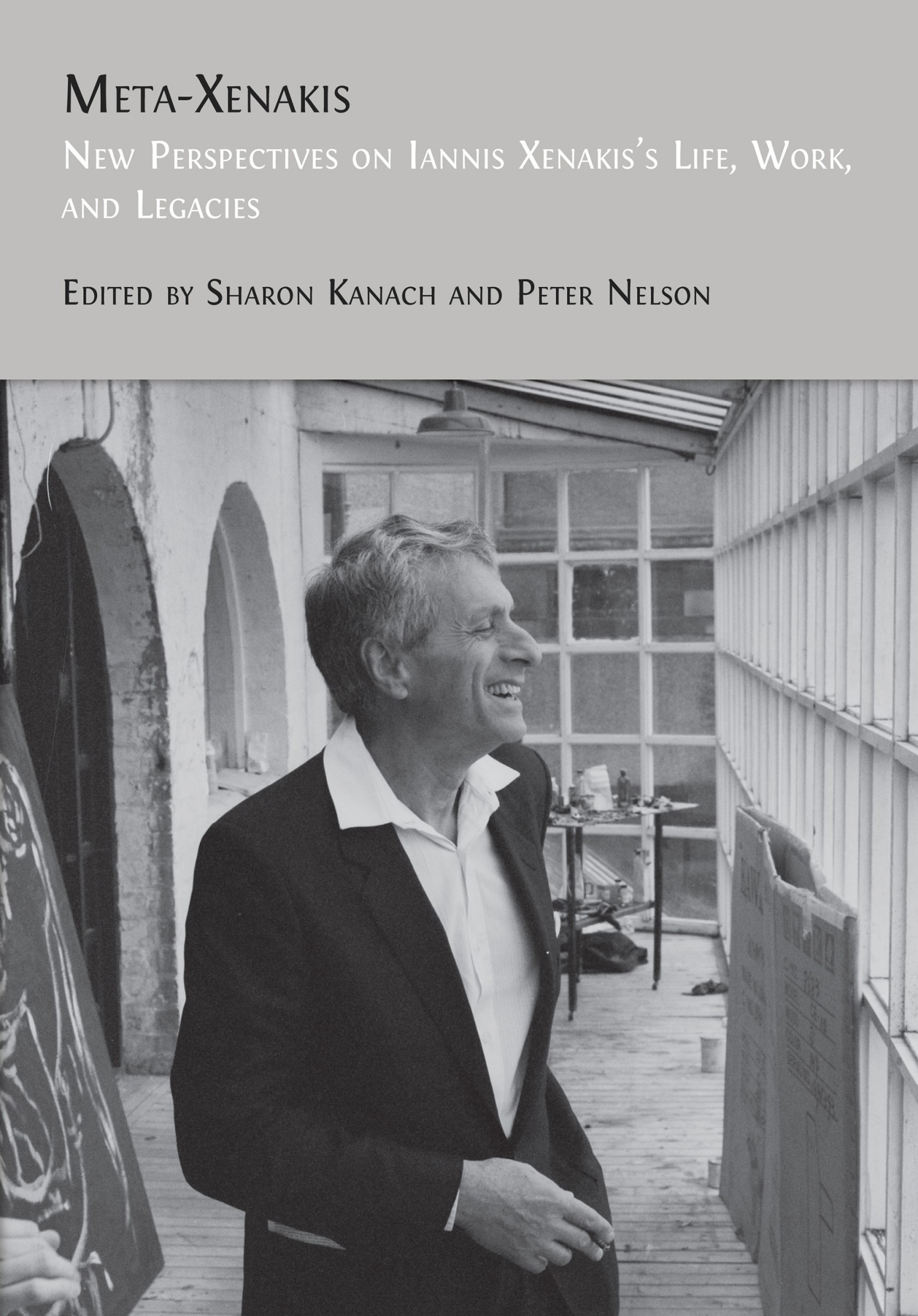26. Creating and Learning with UPIC
Takehito Shimazu
© 2024 Takehito Shimazu , CC BY-NC 4.0 https://doi.org/10.11647/OBP.0390.28
“The reason why we need to study pedagogy is
because we have forgotten our childhood.”
I remember these words. They are the words once spoken by a professor during a lecture on music education in a university class. I remembered these words, and after that, through my life, they became very important and significant for me.
This chapter presents what I experienced through the process of creation of my first piece for UPIC (Unité Polyagogique et Informatique de CEMAMu (Centre d’Études de Mathématique et Automatique Musicales)), Monodie IV. In the summer of 1990, I attended the seminar at Les Ateliers UPIC, in Paris, and there I produced this piece. Figure 26.1 shows a part of the score.
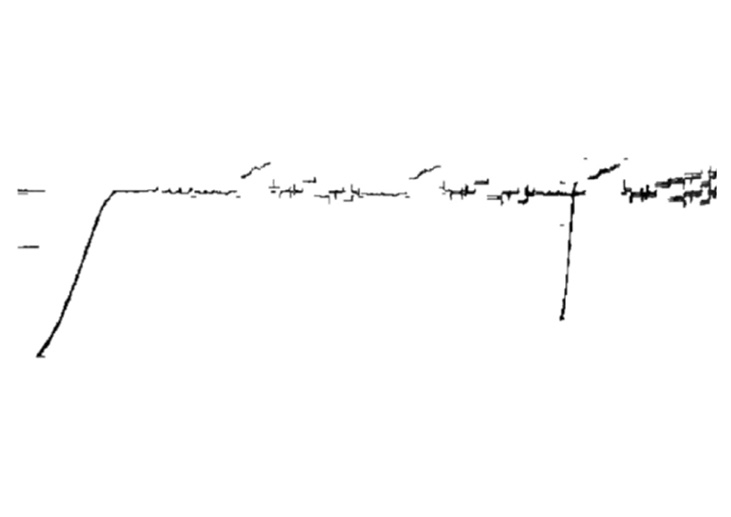
Fig. 26.1 Score: Monodie IV (1990). Figure created by author.
Originally, the purpose of this short seminar in 1990 was not to create works, but I managed to spend four days there for my own creative work. The reason why I could realize my composition in this time, I think, is that one could easily and speedily realize ideas and create works by means of this system. It could truly be called a “dream” device.
Around this time, I was trying to make a series of musical works for various instruments in “monophony,” each of which I titled Monodie. In order to put together a work in such a short period, I decided to apply the same idea as one possibility, using UPIC as a solo instrument. And then, as the source of this piece, I chose a sampled sound I had, rather than using resources within the UPIC System. I had not prepared any materials in particular to produce my piece using this system, as it was a sudden idea. At the time, I had a CD of my own works with me, so I chose one sound from a very short piece I made for the opening of a Cable TV program that was then becoming popular in Japan. Cable TV then was like YouTube today, and it was one of the communication systems that, at the time, we expected to be widely used in the near future. This piece for cable TV, titled Artistic Vision, is a two-minute, fifteen-second work in which the first phrase of a Japanese work is sung by a baritone singer, and during the piece his voice is electronically deformed, attaining a mechanical, electronic sound, and finally returns to the original voice.
Media 26.1 Title music for the television program Artistic Vision (1989).
https://hdl.handle.net/20.500.12434/a5ced890
I sampled the long (circa one-minute) tone of just the beginning of this piece as the sound source for my piece for UPIC. The singer was Yoshiaki Takezawa, a friend of mine who taught vocal music at the same university as me.
Media 26.2 Vocal sample from title music for the television program Artistic Vision (1989).
https://hdl.handle.net/20.500.12434/dc1764f3
His rich and deep voice was enough to inspire creativity on its own, but I picked up only one cycle (that is, one Hz) of his voice, and the sound was resynthesized from the one cycle of waveform using FFT (fast Fourier transform), one of the excellent functions of the UPIC System that had been demonstrated during the workshop. It was like creating a “clone” of a voice, artificially proliferating from a single sound cell. That’s why I named the sound source material of this work “voice cells.”
I do not have a UPIC at hand now, so I have used a sound editing app to simulate the process.
Media 26.3 First part of the sound source of Monodie IV.
https://hdl.handle.net/20.500.12434/af011db7
Here is a transcript of the voice-over:
This is a clip of the first part of the sound source of this piece.
Then, enlarge it and set it so that you can see the smallest waveform.
Choose one cycle from this waveform. In this case, you can see that the two peaks are periodic.
Cut it, copy it to a new file, and copy it over the new file.
You will repeat this process.
It will sound like this. This way you get a new sound source.
The UPIC System could automatically make this to the required length.
Each of the various sound editing techniques on UPIC presented in the workshop was a fascinating way to stimulate creativity. I believe it was inevitable that the charm of this system would lead me toward “creation” rather than “learning.” That being said, I think I was the only one of the ten or so participants in the workshop who managed to create music at the time. I always think that such positiveness or audacity is one of the necessary qualities as a composer.
Around the time of this seminar, I also participated in workshops at IRCAM and at GRM (Groupe de Recherches Musicales) in Paris. Therefore, I understood the differences between those facilities well. I wrote a report about this in an article “Computer Music in Paris” for the music magazine Ongaku Geijutsu1 which was widely read by Japanese composers at the time. Of these three facilities, Les Ateliers UPIC, and GRM were the ones in which a composer was able to create works, or create materials that led to future works. IRCAM was the most specialized of the three and housed comprehensive electronic technology with many facilities and multi-talented assistants right next to the Centre Georges-Pompidou (aka Beaubourg), a comprehensive contemporary art facility that looks like something out of a James Bond movie. However, workshop participants were not allowed to go any further than participating in learning experiences. I did not have enough skills and knowledge to make works using such high-level facilities. In that respect, the other two facilities were “small” by comparison, with several rooms mainly for music production, and it could be said that they both offered a high degree of creative freedom.
I always feel that creation is a very “luxurious” and “selfish” act. For me, Les Ateliers UPIC was a unique facility in terms of being able to answer my selfish questions. As for the INA-GRM, the music production method there was analog-based and easy to engage with, but it seemed like an extension of the tape music I was able to accomplish at home; I felt it was lacking a certain freshness for me. Since I like to focus on the act of composing music, I could say that UPIC’s studio was just the right amount of fun for me to learn advanced information processing knowledge and sound editing techniques.
For the musical construction of Monodie IV, I deliberately tried to avoid what many people may have done when faced with an input device like UPIC’s large “drafting table” of the time. In other words, I was able to imagine many people drawing various figures, one after another, with straight lines and free lines on this “table.” In particular, a score that would combine straight lines in various angles made me imagine Xenakis’s own work. I certainly sensed his personality in the system he developed. So what came to my mind was the experience of the composer Yoriaki Matsudaira (1931–2023), who participated in the first UPIC workshop in Yokohama, Japan. He said that he tried drawing a bunch of lines on the top corner of the table, but it did not sound as interesting as he thought it should be. The idea of seeking this “corner edge” would not make it look like Xenakis’s work gave me a great hint.
I thought that I could “return the favor” to Les Ateliers UPIC, which had given me such a great opportunity, by expanding the possibilities that could be used on UPIC for composing works. So, I focused on giving the lines a new depth. For the outside scenery, I tried to create a world with a lot of open space using a brush, like a Japanese painting that uses calligraphy techniques. The sound material used was a method that gradually deforms the musical outline by assigning a sound which had been created from one cycle to each line segment, called an “arc,” adding depth and thickness, changes in timbre, etc.
As one sound grew, it passed through a “Shakkyo” melody of Noh theater music, and finally developed into a sound with violent and sudden inflections like a “Gidayu,” which is also from Japanese traditional music. The “Shakkyo” (which in English means “stone bridge”) song from Noh theater was a theme I had been researching extensively for the work I wrote for a Japanese musical instrument just previously.2
In terms of how the sound develops, I made extensive use of the process that I was accustomed to using on a computer, the so-called “copy and paste,” gradually adding thickness to a single line, and heading towards polyphonic music, like tracing the history of music. Of course, in order to deal with the “poverty” of such sounds produced with such a simple method, I also created percussive waveforms with sound sources called “vocal cells” and added low notes with spaced accents used in Gagaku, Japanese traditional court music, to give the sound a wider range.
Thus, at first, I composed it as music for UPIC solo, but in the following year, I also composed a version Monodie IVa, with percussion parts, and performances of this form of the piece have been increasingly popular. A new concept was added to the version with live instruments. Using percussion instruments played by humans, UPIC-sourced sounds resonate throughout the venue creating a special environment, enveloping the musicians and the audience. In other words, I composed the piece with the image of a percussion solo accompanied by a (virtual) vocal chorus. Here is the schema of this work’s setup:
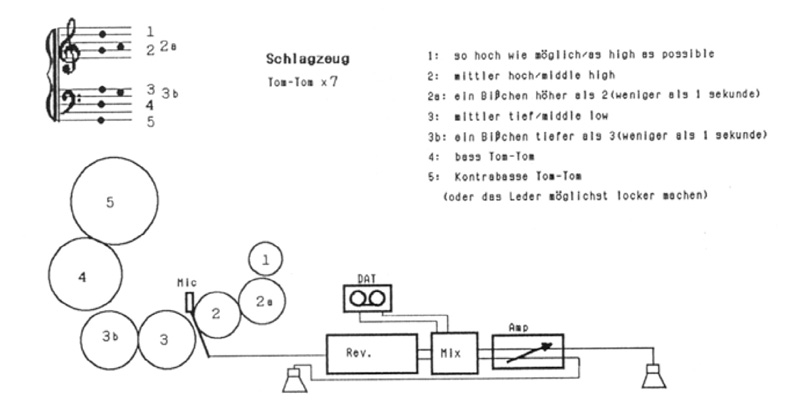
Fig. 26.2 Monodie IVa setup. Figure created by author.
I used only seven tom-toms as percussion instruments. A microphone was also set to capture the voice of the performer. The UPIC sounds were played from a DAT player, and it was a simple to mix those with the percussionist’s voice having passed through the reverberator, and the mixed sounds were output from the speakers. Here is a composite score (UPIC and percussion) and live recording of the first few minutes of this piece.
Media 26.4 Monodie IVa (1990), performance by Shin-ichi Ueno (percussion) on 7 June 1992 at the Asian Composers League Festival, Sendai Japan.
https://hdl.handle.net/20.500.12434/5ef909fd
The appreciation of this work was delightfully and surprisingly high, and, in 1993, I was commissioned to create a new work by Les Ateliers UPIC. The second piece, Illusion in Desolate Fields for UPIC solo was completed in their studio. This work was originally created for live performance of UPIC solo. But like the previous Monodie IV, by combining it with live instruments, it became an instrumental piece accompanied by electronic sound. Including live performers also provides a realism and visual appeal, which are lacking in the plain “reproduction” of pre-recorded music. So, in 1994, I made the production into a work with shamisen, simply titled Illusion. In this work, the music from the shamisen might represent a traveler, and the UPIC sound is intended to represent the natural environment surrounding him. This work is based on the last haiku of Matsuo Basho, a Japanese haiku poet from the Edo period. The poem reads:
On a journey, ailing—
My dreams roam about
Over a withered moor. 3
Kazuko Takada, a very talented shamisen player, performed for the recording of this work. Although she was a soloist of a traditional musical instrument, it was a valuable experience for me that she could participate in such new music. Sadly, she passed away six years after this 2001 CCMIX4 Paris Xenakis|UPIC|Continuum CD was released by Mode Records.
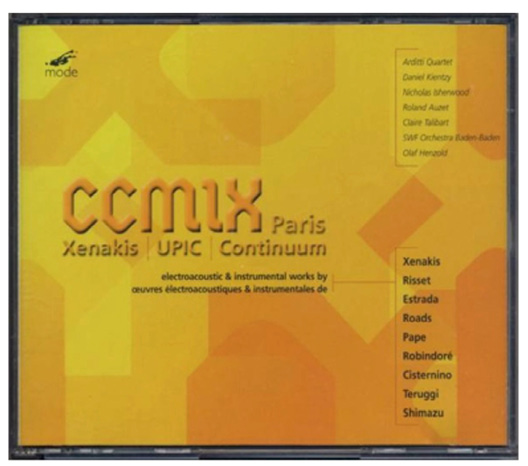
Fig. 26.3 CD cover of the two-disc CCMIX album. Reproduced with kind permission from Mode Records. © Mode Records (2009).
Here is an excerpt of this piece with its score.
Media 26.5 Excerpt of Illusion, recorded 1994, for UPIC and shamisen, with corresponding score; Kazuko Takada (shamisen).
https://hdl.handle.net/20.500.12434/3a801aed
I stated above that the original piece for Illusion was made for “live UPIC performance,” so let me explain what that means. The UPIC System could also be used as a live playing instrument. I was therefore able to perform improvisationally by tracing on the time axis of the UPIC’s table some figures I had created in advance. In fact, in the recording above, the sound of the UPIC solo, onto which the shamisen was later added, uses a fixed (recorded) version of such a “live performance.”
I would also like to take this opportunity to point out a few things about the educational value of the UPIC System. The attractiveness and visual depiction that the UPIC System offers create acoustic phenomena as they are seen, lowering the “wall” of composing and allowing even children to “compose” as if they were painting. Xenakis had thought of it as a “dream device” not only for composers but also for children. As I remembered before, “The reason why we need to study pedagogy is because we have forgotten our childhood.”
UPIC was and remains different than today’s keyboards and other computer digital input methods. Handwritten figures could be traced and thereby input into the system, and it was a combination of digital and analogical methods. For those who used it, it was a system that could convert visual sensations directly into auditory sensations in a very natural and fluid manner.
This system could also be defined as something that enables children to be “released” from heavy and difficult technology and allowed to touch directly and concentrate on creation itself. Having majored in education at a Japanese university, maintaining an educational perspective has always been essential to my musical activities. UPIC’s appearance was also very effective in arousing the interest of children. The table was similar to a so-called “drawing board” used for sketching paintings and was extremely easy to start using. However, it was never incorporated into popular teaching methods in Japan. It may have been the peculiarity of this system, and versions of the device up to the 1990s seem to have had especially complicated structures. I remember that UPIC required two computer systems to function until that time.
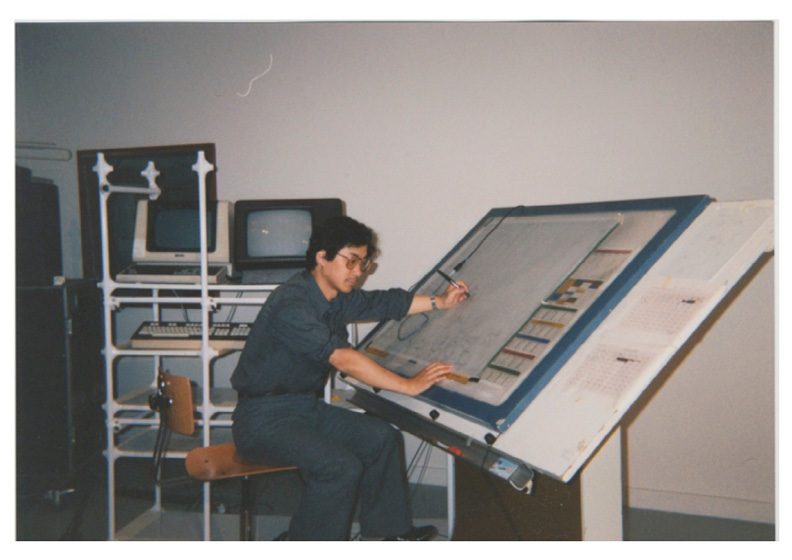
Fig. 26.4 Self-timed photo of the author at Les Ateliers UPIC in 1993.
This photo was taken during the production of Illusion in 1993. One can see that there are two computer monitors. At the time of this photo, I was still in my early forties. In 2008, I had the opportunity to work at CCMIX’s studio in Romainville, Paris. What I could see there was that the “drawing table” was gone and the new version of UPIC was only a computer software application. I remember feeling like I had lost the most important element of something.
But let us return to the question of education. In order to use this system for educational purposes effectively, I think it became necessary to develop it in terms of software rather than hardware, so that it could be installed in more compact computer systems. In the 2000s, as software, we see that IanniX,5 and in recent years UPISketch6 are being distributed free of charge. This makes me feel the potential inherent in this concept, and that it is a movement that suggests the “future” of music education. However, in Japan, I am afraid there is a bigger problem in introducing this system into the music education curriculum: the lack of interest in new music among educators in the field. However, there could be teachers who, if they had enough time, could incorporate creative education, or even composition, into their classes; unfortunately, in many cases, new music is only approached from the “appreciation of music” perspective in schools. Music classes are generally concerned with singing, and there are a few lessons offered to learn to “play an instrument” and even fewer offered to learn to “play instruments with others.” But the main problem in introducing such technology is that the people most ignorant of science in elementary and junior high school are the so-called “music teachers”; and often, there are many such teachers who are less skilled even in music history and theory.
Finally, I would like to address what I think Xenakis might have dreamed of for the future of UPIC. Although I have already mentioned the educational potential of UPIC and that descendants of the system today already exist as software or free applications, we are likely to be in a situation where even more people can become engaged. I do not know if Xenakis himself expected this kind of expansion, but since he always had a strong interest in creative education for children, I imagine that he dreamt that it could go beyond the world of electroacoustics and be used widely in children’s creative activities, becoming a tool that can be used by anyone.7 Furthermore, as even the historic UPIC system demonstrated, it is conceivable that collaborations with the visual world accompanied by graphics would further expand its possibilities. Personally, I would cherish the opportunity to participate in real-time in such an endeavor.
References
SHIMAZU, Takehito (1990), “Computer Music in Paris,” Ongaku Geijutsu, August, Ongaku-no-Tomo-Sha Ltd., p. 61–5.
SHIMAZU, Takehito (2009), “Illusions in Desolate Fields (1994) for Voice, San-gen & UPIC,” Kazuko Takada, san-gen, and voice, in Xenakis, UPIC, Continuum: Electroacoustic & Instrumental works from CCMIX, Paris, New York, Mode Records (CD mode 98/99), https://moderecords.com/catalog/098_9ccmix/ and https://moderecords.bandcamp.com/album/ccmix-paris-xenakis-upic-consortium-mode98-99
UEDA, Makoto (1982), Matsuo Basho, Tokyo, Kodansha International Ltd.
1 Shimazu, 1990.
2 In 1988, my composition of the same name, Shakkyo for seventeen-string koto had been awarded the Agency for Cultural Affairs’ Creative Encouragement Special Award.
3 Ueda, 1982.
4 Les Ateliers UPIC were renamed the Centre de Création Musicale Iannis Xenakis (CCMIX) in 2000.
5 Iannix, https://www.iannix.org/en/
6 “UPISKETCH,” Centre Iannis Xenakis, https://www.centre-iannis-xenakis.org/upisketch
7 Indeed this has been confirmed by Xenakis in a promotional (albeit unpublished) video where he states, “[W]e want to develop this system in such a way as to put the UPIC within the reach of the entire population of the globe so that man can manifest his supreme capacity for abstraction because that is his most interesting power” [xenakis.org/items/show/674 (especially from 0:48)].
